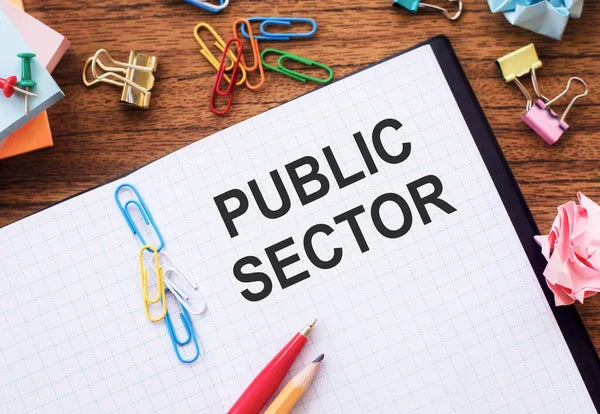
ERP in Education & the Public Sector: Modernizing Systems That Serve Society
Keywords: ERP in education, public sector ERP software, student record management, government ERP systems, ERP for universities
Introduction: A Smarter System for Smarter Services
Education institutions and public sector organizations are under increasing pressure to do more with less and manage growing populations, comply with regulations, improve transparency, and deliver services efficiently.
The challenge? Outdated systems, fragmented data, and siloed operations that slow everything down.
That’s where Enterprise Resource Planning (ERP) comes in.
In both government agencies and educational institutions, ERP provides the digital backbone to streamline finance, HR, student records, grants, and resource allocation, bringing transparency, control, and modern capabilities to organizations that serve the public.
Why ERP Is Essential in Education & Government
From city councils to universities, ERP connects departments, enhances decision-making, and ensures public resources are well managed.
✅ Unified Financial Management
Track budgets, grants, procurement, and expenditures across multiple departments or campuses, ensuring fiscal responsibility and compliance with regulations.
✅ Human Resources & Payroll
Manage employee records, payroll, benefits, and recruitment workflows in one system, whether you're a school district, university, or local authority.
✅ Student & Citizen Record Management
Maintain accurate, secure records of student enrollments, grades, or public service users. ERP ensures data integrity, privacy, and audit readiness.
✅ Resource Planning & Allocation
Optimize classrooms, facilities, transportation, equipment, or government assets through centralized tracking and scheduling.
Core ERP Features for Public Sector & Education
- Budget planning and tracking
- Grant and fund accounting
- Payroll and HR compliance
- Vendor and procurement management
- Student enrollment and academic history
- Citizen services and permit tracking
- Document management with audit trails
- Performance dashboards and analytics
- Mobile portals for staff, students, and citizens
- Role-based access and data security
Key Trends Driving ERP in Education & Government
Cloud Migration for Agility
More institutions and governments are moving to cloud-based ERP to reduce infrastructure costs, improve accessibility, and enable remote operations.
Data Privacy & Cybersecurity
ERP platforms help meet compliance standards such as FERPA, GDPR, and NIST, with robust encryption, access control, and audit logs.
Analytics for Better Decision-Making
Modern ERP systems provide real-time insights into budget performance, student outcomes, and public service metrics guiding data-informed strategies.
Citizen and Student Self-Service
ERP portals let users submit documents, view statuses, and update records online; improving convenience and reducing administrative overhead.
Real-World Use Cases
-
Universities use ERP to manage academic records, financial aid, campus operations, and alumni engagement.
-
School districts consolidate HR, budgeting, and transportation data to optimize staffing and reduce costs.
-
City councils use ERP to manage public works, employee time tracking, permit issuance, and budget planning.
- National agencies rely on ERP to distribute grant funding, track program performance, and ensure fiscal compliance.
Why ERP = Transparency, Control, and Service Delivery
ERP empowers educational and public institutions to:
- Break down silos between departments
- Ensure accurate, secure data across systems
- Improve budgeting and procurement efficiency
- Offer modern experiences to citizens and students
- Demonstrate accountability and compliance
“In the public sector, ERP isn’t about profit - it’s about purpose, transparency, and trust.”
Looking to modernize your education or government system?
→ Join The Community
Final Thought
Education and public sector organizations have a responsibility to serve and to do so efficiently. ERP enables them to maximize limited resources, eliminate waste, and empower teams with the tools they need to deliver better outcomes.
In a sector where every dollar and decision counts, ERP is more than an upgrade; it’s a transformation.
